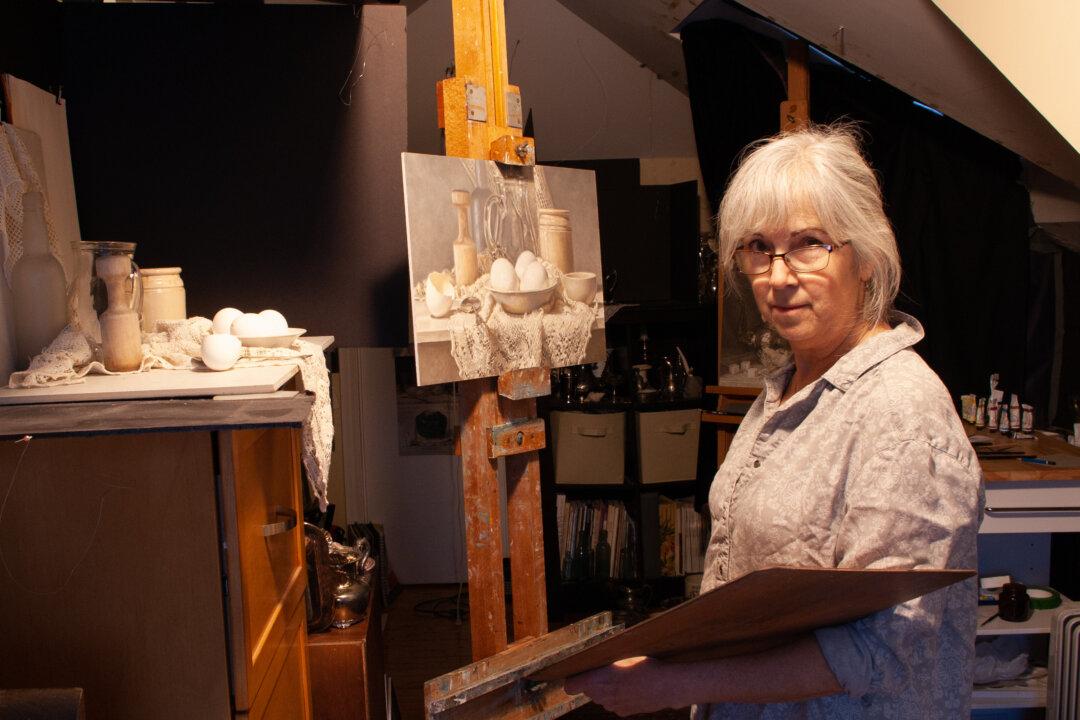In January, many of us plan our year ahead. Each year, I try to make time for two big creative projects, each dictated by the seasons: In spring and summer my fruit and vegetable garden demands my attention, and then in autumn and winter, I focus my time on learning an art or craft. This year it’s dressmaking.
In my mind’s eye, I’ve already created a peaceful garden oasis abuzz with bees, birds, and butterflies, full of juicy fruit and vibrant vegetables. My cupboard is full. There’s no need to go grocery shopping anymore. I’ve similar dressmaking dreams. In my head, I’ve made a perfectly tailored summer dress from raw silk, which swishes in the summer breeze as I skip to my garden heaven.






